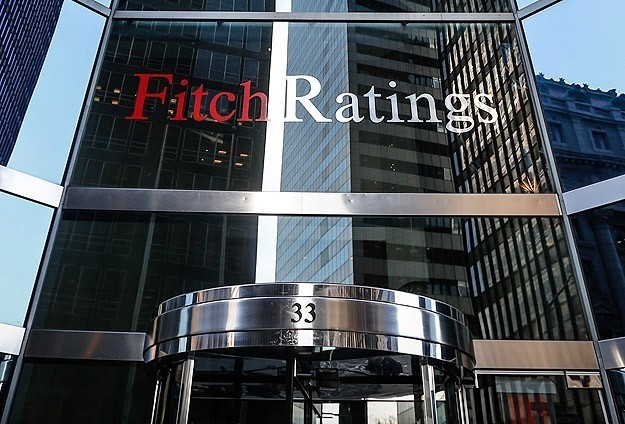The fiscal targets in Kenya’s recent Budget Statement suggest a shift away from strongly expansionary fiscal policy, Fitch Ratings says. The impact on Kenya’s sovereign credit profile will depend on the authorities’ ability to deliver ambitious revenue increases and keep control of spending in an election year.
On 30 March, Finance Minister Henry Rotich delivered the FY18 budget covering the fiscal year beginning on 1 July 2017. It targets a reduction in the fiscal deficit to 6.0% of GDP, from a projected 8.3% in FY17. The FY17 deficit estimate is higher than Fitch’s 7.1% forecast due to an increase in capital expenditures, higher-than-expected current expenditures ahead of the general election scheduled for August 2017 and in response to the drought, and lower-than-expected revenue growth.
The FY18 budget accordingly aims to cut the deficit by reducing expenditures to approximately 26% of GDP, from an estimated 28% in FY17. Rotich told parliament that the government would “reduce the fiscal deficit and ensure the continued sustainability of our debt” and that one-off expenditures seen in FY17, such as the KES19.3 billion (USD186 million) in election-related costs, “are not expected to recur”. The government forecasts the deficit falling to around 4% of GDP in FY20.
The FY18 budget appears to signal that a cycle of expansionary fiscal policy is coming to an end. Kenya’s strong growth – the country averaged GDP growth of 5.4% per year in 2012-2016 – has been supported by high levels of public sector investment. We think that continued high levels of growth will be dependent upon continued improvements in the business environment, which would help to increase private sector investment to take the place of falling government spending levels.
Whether the FY18 budget represents a turning point in Kenya’s public finances will depend on successful implementation of the envisaged revenue and spending measures. We expect the fiscal deficit to begin falling in FY18, albeit slightly more slowly, to 6.4% of GDP, but believe that the risks are weighted to the downside.
The August elections present the most significant risk to fiscal consolidation, as potential social and economic disruption could reduce growth, leading to lower revenue collection. The government predicts 2017 GDP growth of 5.9%, close to our 6.1% forecast, and drought and slow credit growth present additional downside risks. The election is also likely to contribute to higher-than-expected current expenditures through the first half of FY18.
Kenya’s ‘B+’ sovereign rating is supported by its high medium-term growth potential, but the Negative Outlook reflects how growth has been financed by high levels of publicly financed imports, resulting in persistent fiscal and external deficits. At around 55%, Kenya’s government debt/GDP ratio remains slightly below the ‘B’ category median, but failure to narrow the budget deficit could increase the stock of debt.
Failure to consolidate the budget deficit and stabilise government debt/GDP would be negative for Kenya’s credit profile, while effective implementation of a fiscal consolidation plan and stabilisation of government debt/GDP could lead to a positive rating action.



